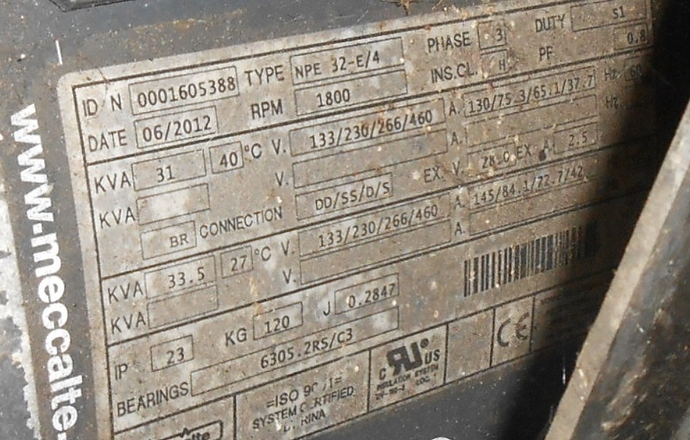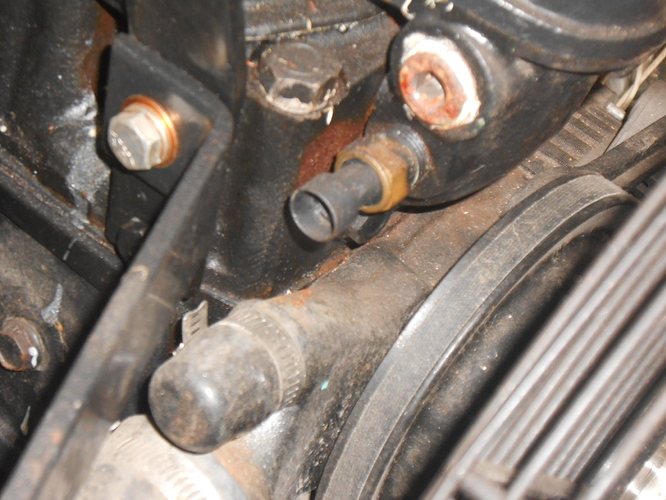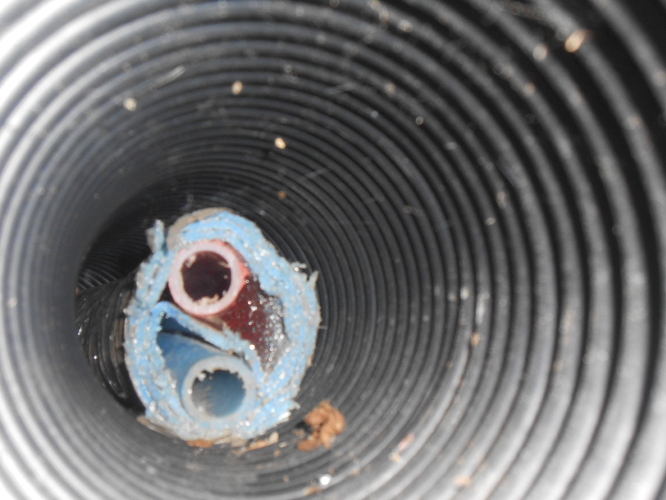Torrefied wood pellets were among the products discussed during a Feb. 26 hearing held by the House Subcommittee on Conservation and Forests, titled “Innovative Wood Products: Promoting Rural Economies and Healthy Forests.”
Michael Goergen, vice president of innovation and director of P3Nano at the U.S. Endowment for Forestry and Communities, discussed the potential to use low-value forest material as a feedstock for torrefied wood pellets during his testimony.
During his opening statement, Goergen discussed the purpose and mission of the Endowment. “The Endowment is focused on keeping forests as forests and supporting communities that depend upon them,” he said. “I’m focused on innovation in forest products because markets bring value to forests, and we keep what we value.”
Rep. Doug LaMalfa, R-Calif., discussed the Camp Fire, the 2018 wildfire that impacted areas near Paradise, California, in the north-north central region of the state approximately 90 miles north of Sacramento. He said hundreds of thousands of trees damaged in the fire must be disposed of. “One group is looking at creating a pelletized fuel product in order to further the restoration from Camp Fire,” LaMalfa said, noting that material primarily consists of partially burned and partially charred timber. He asked Goergen about the potential feasibility of the project.
“The good news is we can make these pelletized wood fuels from really low value materials, and I think that’s a terrific option for us in some places,” Goergen said. “The problem is cost—always,” he continued, noting that it is difficult to make wood energy cost effective with fossil fuels. Torrefied wood, he said, offers a solution to that problem. Goergen showed the members of the committee a sample of torrefied wood material, noting it was produced by roasting wood in a low oxygen environment.
Goergen told committee members that the Endowment has already used torrefied biomass to fuel a coal-fired power plant for 12 hours straight. “That plant required no changes whatsoever,” he said, noting the torrefied wood is a very clean, very low-carbon intensity fuel.
Goergen also addressed torrefaction in written testimony. “Torrefaction reducing moisture, increases energy density and develops a product that stores and transports far better than untreated biomass eliminating some of the logistical hurdles that make low value biomass from restoration efforts a little more valuable,” he wrote.
The Endowment is developing a torrefaction demonstration project in John Day, Oregon, that is scheduled to begin operations this spring. In his written testimony, Goergen said the facility is the last stage in the Endowment’s and its collaborators’ efforts to commercialize the technology. In addition to proving the technology, the project is designed to help open a large-scale market for forest restoration residuals and open the door to development of additional carbon products that can be produced from thermos-chemical treatment of biomass.
Additional information on the hearing, including video replay and full copies of written testimony, is available on the House Agriculture Committee website.
It would be nice if someone talking knew or cared something about what they were legislating .
There was a law but that evidently did not mean anyone promised payment would ever receive it .




